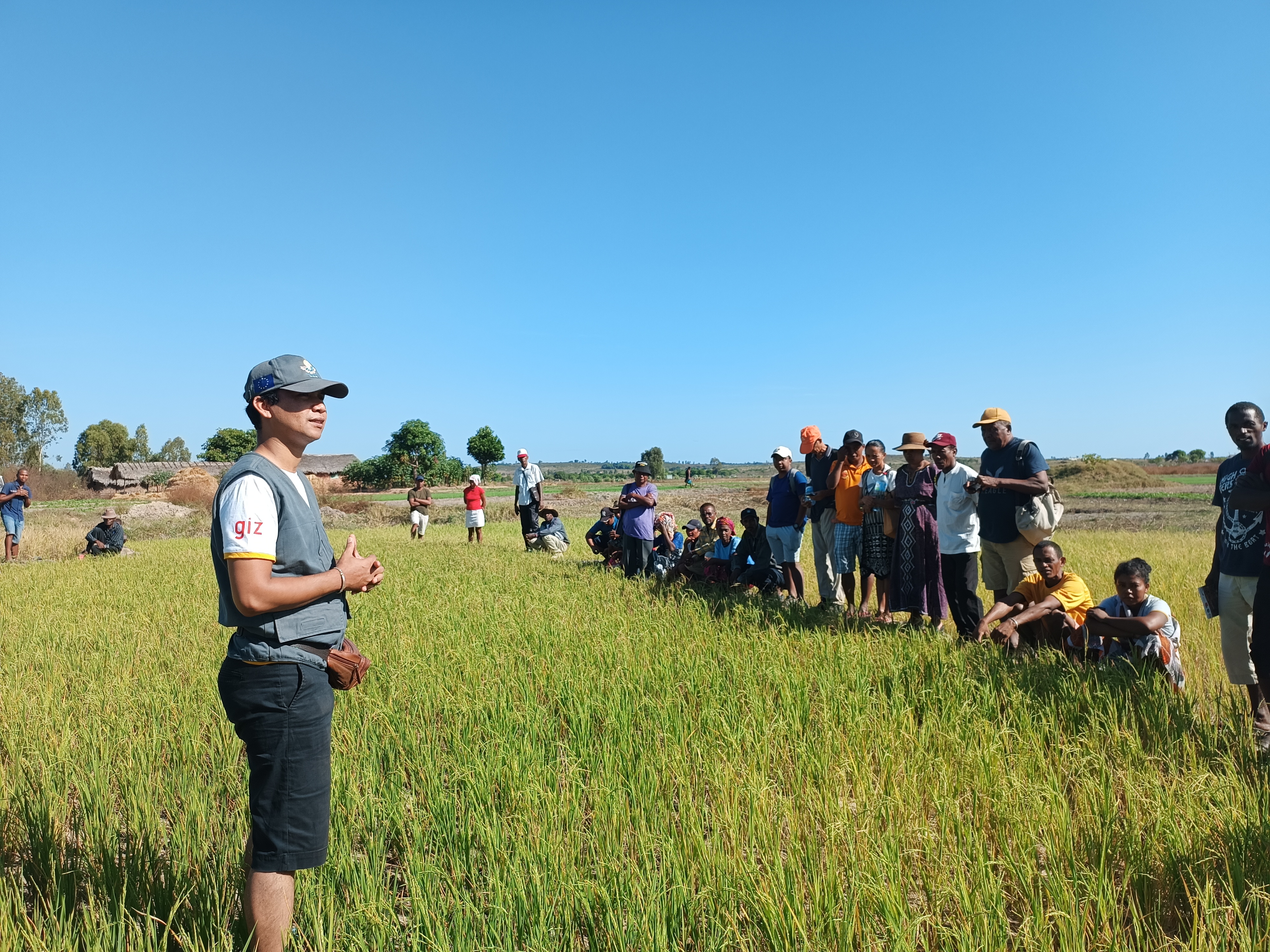Any new variety can only be marketed if it is registered in the official catalog or in the register of seeds of declared quality. To obtain this registration, the variety must satisfy the criteria of two types of official test: Distinctness, Uniformity and Stability (DUS) for all species, and VATE (Agronomic, Technological and Environmental Value) for agricultural species. DUS verifies that the variety is distinct from varieties of common knowledge, uniform and stable, i.e. that it retains its phenotypic characteristics from generation to generation. VATE provides essential information on the variety's agronomic and qualitative characteristics.
In order to register a local, traditional or farmer's variety in the SQD Boeny Register, several steps must be followed according to the variety registration manual. The Register of species and varieties used in the SQD system contains the list of seeds and seedlings of varieties that can be produced under the certification system in the Boeny region and marketed on regional territory and, if authorized by the SOC, on national territory.
